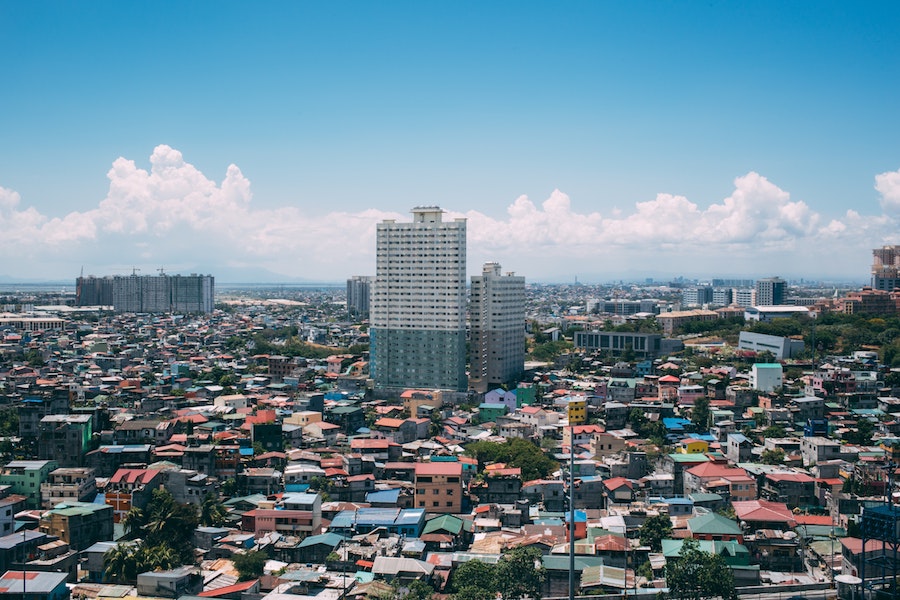For the first time since the Asian financial crisis in 1997, the Philippine economy contracts during the first quarter of 2020 as a result of the 0.2 percent decrease in GDP from January to March.
This decline is attributed to consumer spending, the Philippines’ key economic driver, which was hampered by the pandemic. The government reports that other countries are also seeing plummeting figures as a result of nationwide lockdowns that devastated economies. However, according to economists, the worst is yet to come as the country continues to wade deeper into the crisis.
Private sector economists forecast a further dip in the economy and a likely approaching recession after the second quarter as the full month of April experienced lockdowns (extended until May 15 for high-risk areas). Despite these predictions, acting Socioeconomic Planning Secretary Karl Kendrick Chua said there will be a revival in the second half once quarantine restrictions are loosened. Chua sees the first quarter performance as “respectable” given the environment the country is currently in, noting that the 70-percent economic halt still placed the Philippines in “better footing” compared to other countries.
Ernesto Pernia, who led the National Economic and Development Authority during the first quarter, said he was “somewhat surprised” at the first quarter result as he expects a growth of 1.5 percent. Based on the Philippine Statistics Authority’s number, the agriculture sector contracted by 0.4 percent while the industry shrank by three percent during the first three months of the year.
As per Malacañang, the government’s infrastructure programs will bring “a V-shaped economic recovery” even with the steep decline in GDP. Presidential Spokesperson Harry Roque says the country is not in the face of a recession but rather, an economic upsurge by the third quarter.
Ernesto Pernia, who led the National Economic and Development Authority during the first quarter, said he was “somewhat surprised” at the first quarter result as he expects a growth of 1.5 percent
“We expect a very strong rebound courtesy of the ‘Build, Build, Build’ program of the government, and very prudent fiscal policy as well as prudent monetary policy, which means we’re using public spending and money supply as a tool for economic recovery,” says Roque, describing the drop of the first quarter GDP as a minimal contraction.
There’s a 1.4 percent growth in services, although slower than its 7.1 percent expansion last year. Its 0.8 percentage point (ppt) contribution in the first quarter GDP was countered by the minus on the industry and agriculture sectors by 0.9 ppt and 0.04 ppt, respectively.
Compared with the preceding quarter’s 17 percent increase in government consumption, the growth in government spending on public goods and services by 7.1 percent is slower. Household consumption was down from 5.7 percent to only 0.2 percent from the fourth quarter of 2019, which was boosted by Filipino Christmas spendings.
Chua says that the Development Budget Coordination Committee’s last month projection of zero GDP growth at best and 0.8 to 1 percent contraction at worst in 2020 will be the basis of the government’s economic team for further action. He adds that the progress in terms of health conditions will up the country’s chance at a good recovery.
However, London-based research, analysis, and consultancy firm Capital Economics downgraded their forecast of the Philippines’ 2020 GDP by a six percent contraction from their first four percent prognosis while Dutch multinational banking and financial services corporation ING sees a decline in the Philippine economy by 2.9 percent instead of its initial 2.2 percent projection.





